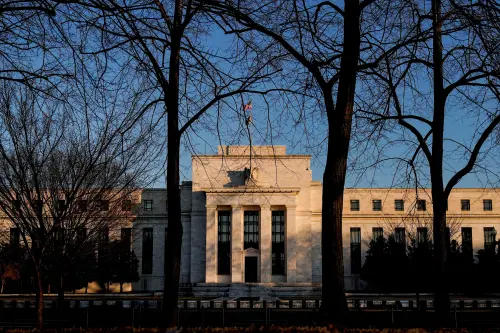Expectations regarding the Federal Reserve's balance sheet reduction process have been disrupted since the January policy meeting. Central bankers are now uncertain about how trimming bonds may intersect with the federal debt ceiling dynamics. Numerous banks have extended their predicted timeline for the Fed's drawdown of Treasuries and mortgage-backed securities. This uncertainty stems from the recent Federal Open Market Committee meeting minutes where officials expressed openness to slowing or pausing the reduction to navigate money market uncertainties during the government's fiscal adjustments.
Although the Treasury Department is managing to continue normal debt issuance, estimates vary widely on when it may reach its limit, causing potential market instability. To avoid excessive liquidity withdrawals, the Fed may opt to slow the reduction process rather than halting it completely. Analysts anticipate that communicating any changes in the pace of reduction would be challenging enough without introducing a new asset purchase program.
While some analysts suggest a pause in the reduction process until the debt ceiling situation is resolved, others warn against the risk of prematurely ending the effort without the desired outcome. Fed officials acknowledge the complexity of managing market signals amidst the government's financial operations. They had previously slowed the reduction pace to minimize market disruption and maintain control of interest rates.
Survey findings from major banks and money managers indicate a potential stopping point for the reduction process between June and July, with total Fed holdings projected to decrease to around $6.4 trillion by completion. Reserves are forecasted to reach $3.125 trillion, and the Fed's reverse repo facility at an estimated $125 billion, with stable levels observed so far in February.
